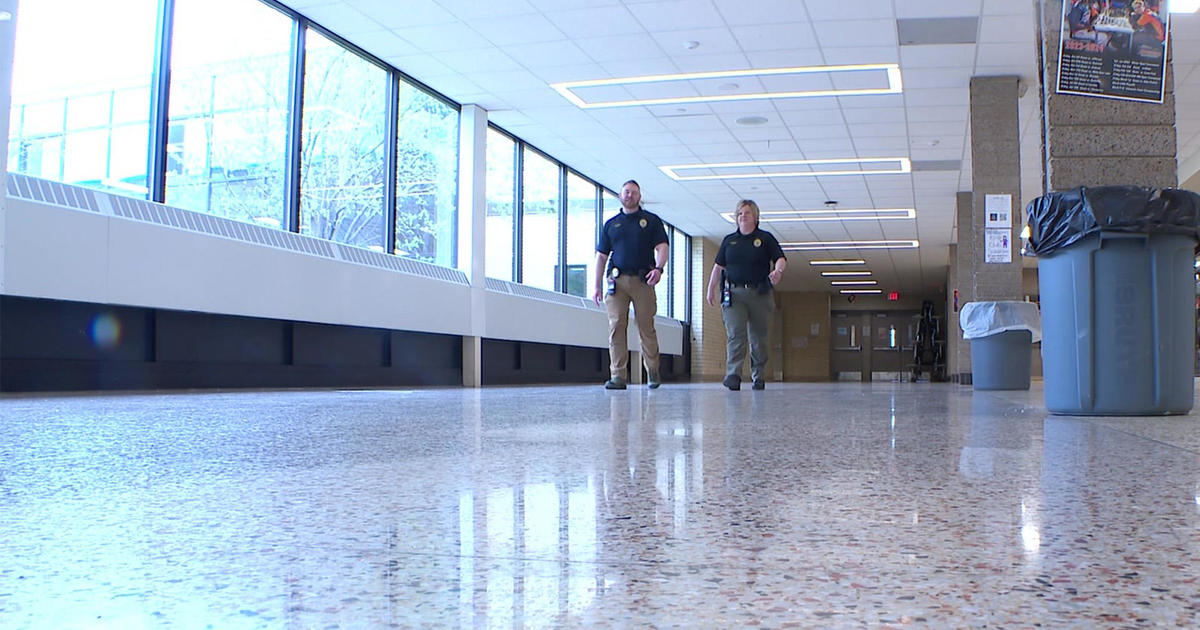DNR St. Paul Fish Hatchery Produces 30M Walleye Per Year
MINNEAPOLIS (WCCO) -- It's the height of the walleye fishing season and every weekend, lakes around Minnesota are filled with anglers searching for that big catch.
But keeping the waterways filled with fish isn't left to nature. The Minnesota Department of Natural Resources stocks millions of fish into the lakes every year.
Long before an angler reels in the big one, you might say Donn Schrader was the first to catch that trophy fish.
"Basically, when people catch walleye in the metro, it comes from here. This where we start," he said.
Schrader is speaking of the Department of Natural Resources St. Paul Fish Hatchery.
It's somewhat of a birthing center for 30 million walleye and hundreds of thousands of musky.
Over the last three weeks, Schrader and the staff have tended to the tiny fish eggs which can be a tedious process.
"They're particular about temperatures. You have to have water flowing through all the time," Schrader said.
But that process is crucial to the walleye fishing season. In many lakes, the fish won't reproduce on their own.
That's why the DNR will stock central and northern Minnesota with the newly hatched fish called fry.
"You got to remember the survival is pretty low, so, we go with big numbers," Schrader said.
The process can bring its share of questions.
"Every time we pull up to a lake, the first thing they say is, 'What are you doing?' Stocking walleyes," said Leah Weyandt, a fisheries specialist.
Schrader raises the eggs with the care and expertise like a parent does a child.
"They're my kids," he joked. "I've been hatching them for years so I take responsibility for them to get out of here safely."
But one weekend every year, Schrader must send them on their way with the hope that one day someone will reel them back in.
"We wouldn't have walleye if we didn't put them out there," Schrader said.
The St. Paul location is the state's first hatchery.
Only about 5 percent of the fry put into the lakes will survive.
It'll take about four years before they're large enough to be keepers.



